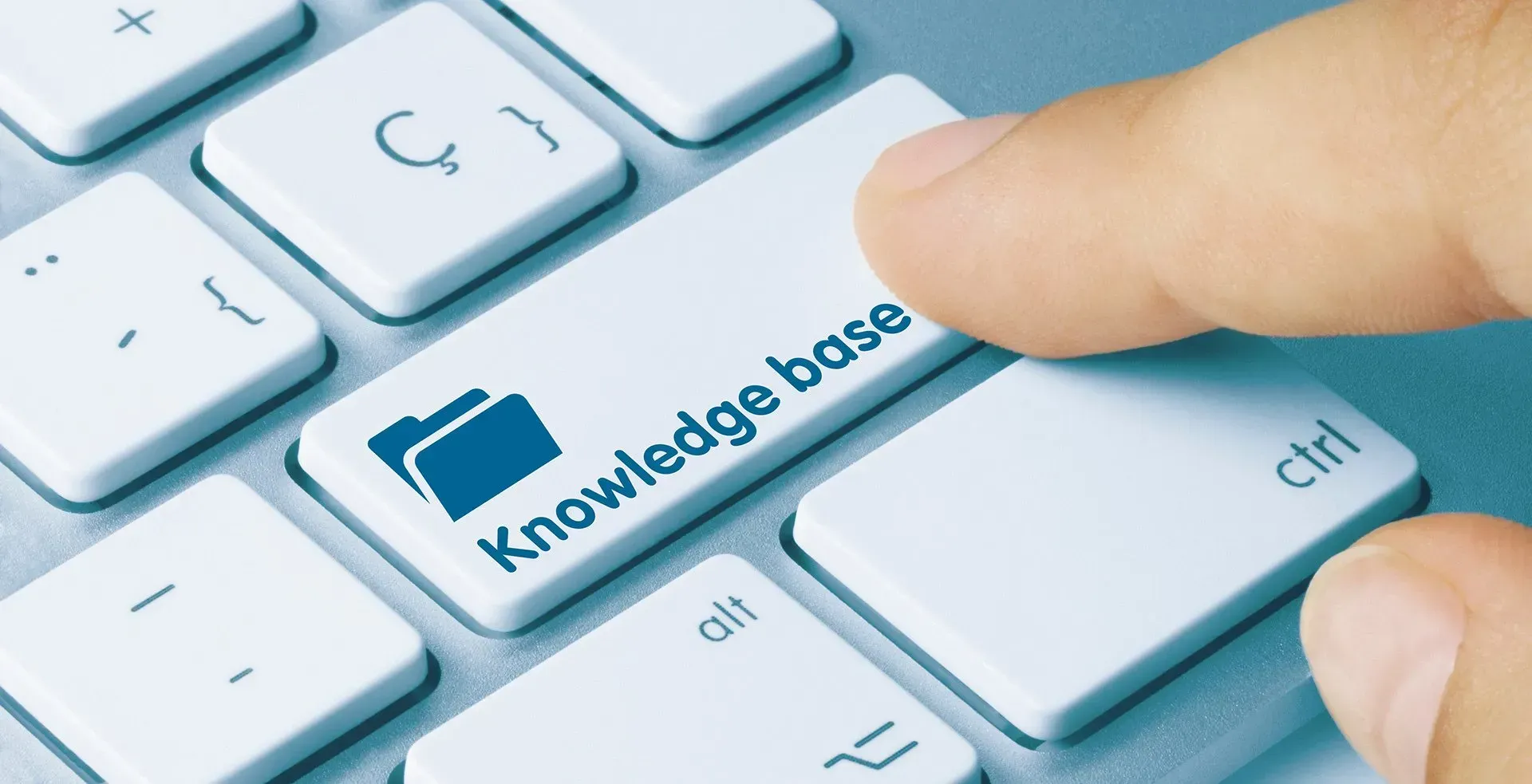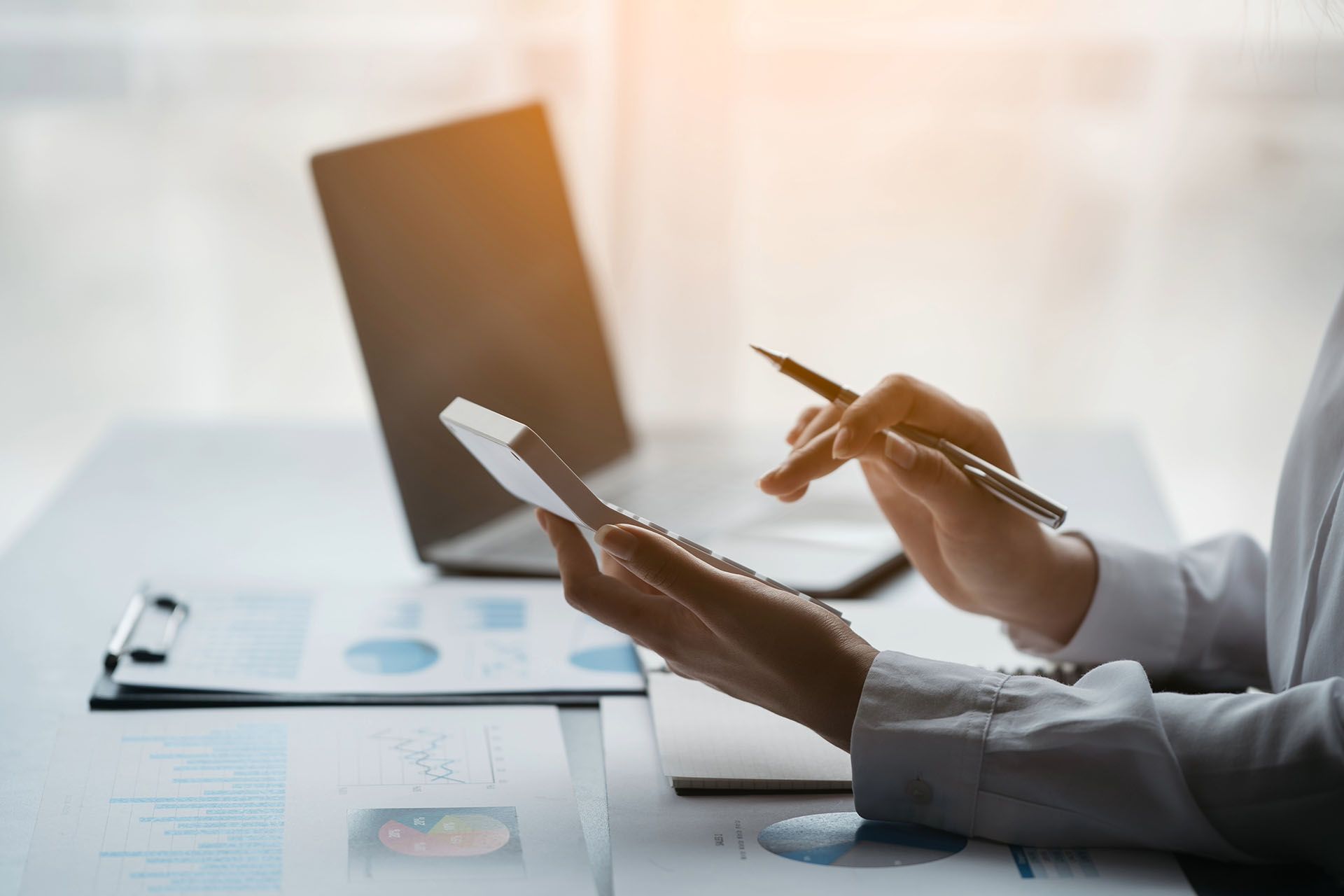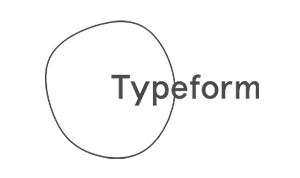Crown Street, Wollongong, 2500
MVP vs Prototype: Which Services Do You Need First?
As an entrepreneur or when launching a startup, you have likely heard about the terms MVP (Minimum Viable Product) and prototype. Nevertheless, one should know how to distinguish these notions and when and what ones to develop first. They are the critical points in the development process, but they have venerable, dissimilar roles. The right path can be chosen early, and it will save time, money, and energy. When deciding on your direction of movement, you will always have access to trusted MVP development services that will assist you.
What is an MVP (Minimum Viable Product)?
MVP or Minimum Viable Product is a series of iterations of your product that upholds the features critical to the adaptation of your product, which will amuse the early adopters of your product. What matters is not a good, full-bodied product, but a product that is at least satisfactory to customers, allowing them to provide true information on its viability. It is developed to demonstrate the most important idea of your product at a low cost.
Developing an MVP will enable you to test the product-market fit and determine whether the world needs what you are about to provide, without incurring significant time and financial costs. You will be able to quickly determine what is working, what is not, and what requires adjustments. More and more startups and business projects are applying MVPs as a strategy to raise funds and bring their ideas to life, allowing them to refine and modify them.
And once you consider developing an MVP, the assistance of professional MVP development could be beneficial, making the product easier to use and workable, and thus serving as the ideal launching point for further development.
What is a Prototype?
A prototype is the initial version of a product, created to provide a visual representation of the idea or to test certain features. In contrast to MVP, it does not require a working version; a prototype represents rather a symptom of a concept or a possibility to demonstrate some of the key points prior to full-scale production.
Prototypes are convenient for obtaining prior feedback on the design and functionality from users or stakeholders who will be using them. This gives you some opportunity to make modifications and proceed with the actual product development. They can be low-fidelity models or sketches, mockups, or an interactive model, depending on the complexity of the product.
The prototyping of the first part of the project will help you identify and prevent issues with your idea, design, or functionality before investing resources in its development. By testing your ideas at the initial stage, you will avoid turning in the wrong direction and wasting your precious time, and instead come up with something more advanced.
The Difference Between MVP and Prototype
Although both MVPs and prototypes play a crucial role in the initial phases of product development, they are not used in the same manner. A prototype is also a demonstration that tends to be constructed to demonstrate and test a specific functionality or design. It may not even conventionally do the job: it is a matter of giving the visual image of how the product might appear. Conversely, an MVP is a working product containing only the valuable features required to satisfy the demands of early users, allowing you to get your product into the market with the objective of collecting feedback.
The most noticeable difference is the type of goal: prototypes are geared towards testing the design and ideas of the prospective product, whereas MVPs are intended to test the plausibility of the product in actual practice and are centred on problem-solving and user feedback.
Generally, you would select a prototype when you need to prove a point or verify a design, and an MVP when you want to gauge the user's response to the actual product in a real-world situation. Learning when and why to select one or the other is fundamental, as it will make the development process easier and, more importantly, ensure that your product addresses the users' needs correctly.
How to Know Whether You Need an MVP or Prototype First
In deciding whether to start with an MVP or a prototype, the following aspects have to be taken into consideration: the audience you are going to attract, finances, time, and the complexity of the project at hand.
Audience Response: When you have a clear understanding of who your users are and what they want, an MVP will facilitate the evaluation of your product's main functionality in its natural environment. Or, of course, you are still at the stage of proving the potential of the very concept, and perhaps it is better to create a prototype so as to visualise how the idea turns out and what the initial reactions to it are.
Funding: The solution may involve creating a prototype, especially if you do not have a lot of money to spare or insufficient finances to fund startups. Prototyping is less expensive and can be used to verify original ideas. Nevertheless, based on the aim of finding investors, the MVP will present actual statistics on user requirements and the feasibility of the product, thus making it more appealing to investors.
Timeframe: If you have a narrow timeframe available to work on, then the experimental use of a prototype is a fast way to determine whether an idea will be effective or not. Nevertheless, when there is a state where something must be launched alongside constant user feedback, then the MVP is superior.
Complexity of projects: The more complicated the concept, the more complicated the feedback that a working prototype can create before spending the time in creating a fully functioning MVP. The simpler the idea, the more it becomes apparent that MVP should be the primary attractive point.
Ultimately, it depends on what you require at every stage of development and your current position in the overall process.

Love My Online Marketing has 10+ Years of working alongside businesses and helping them grow. Discuss your options for online success from website Design and Development through to Google Marketing.
Do you want more traffic and business leads?
Love My Online Marketing is determined to make a business grow. Our only question is, will it be yours?





























